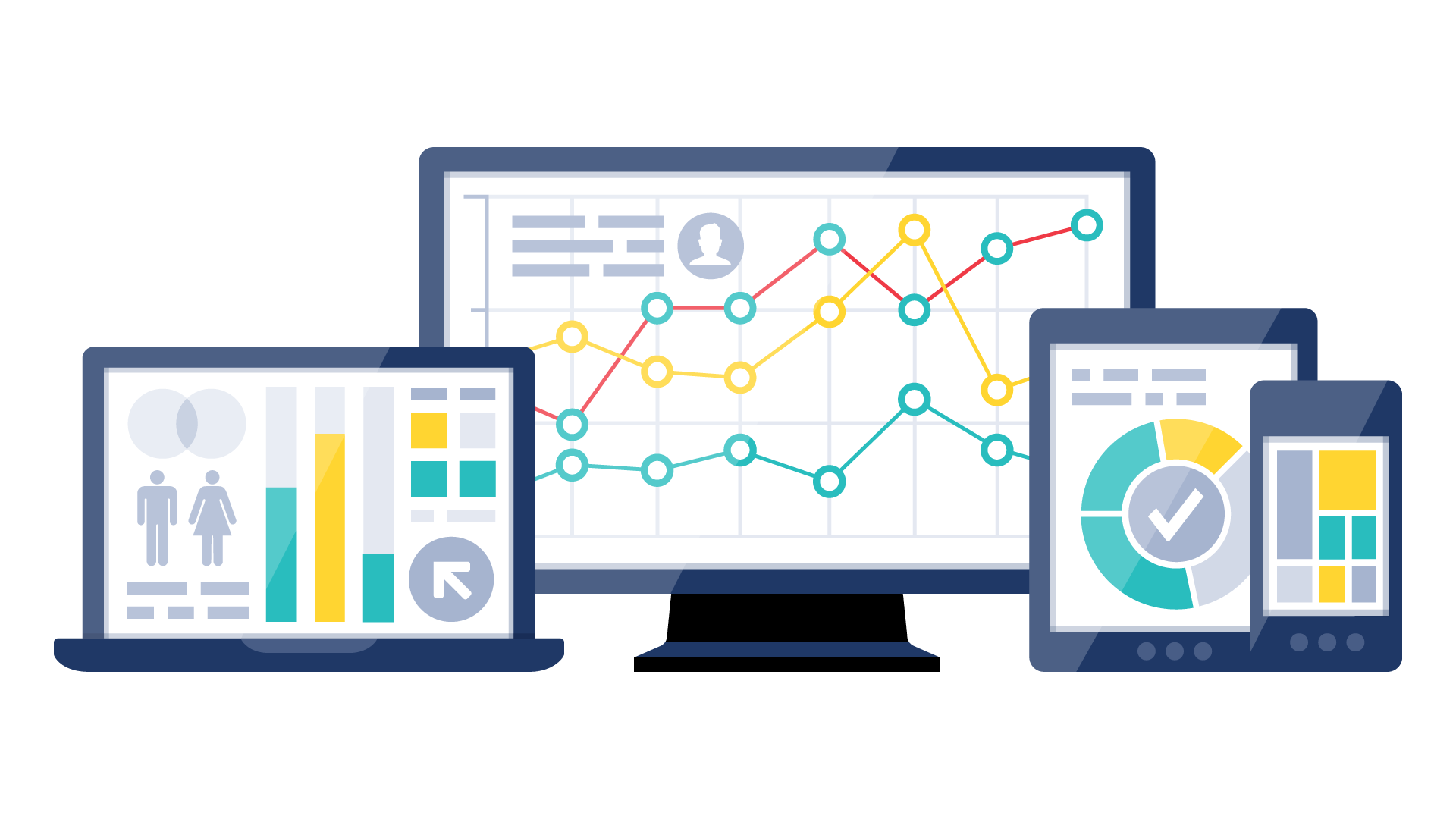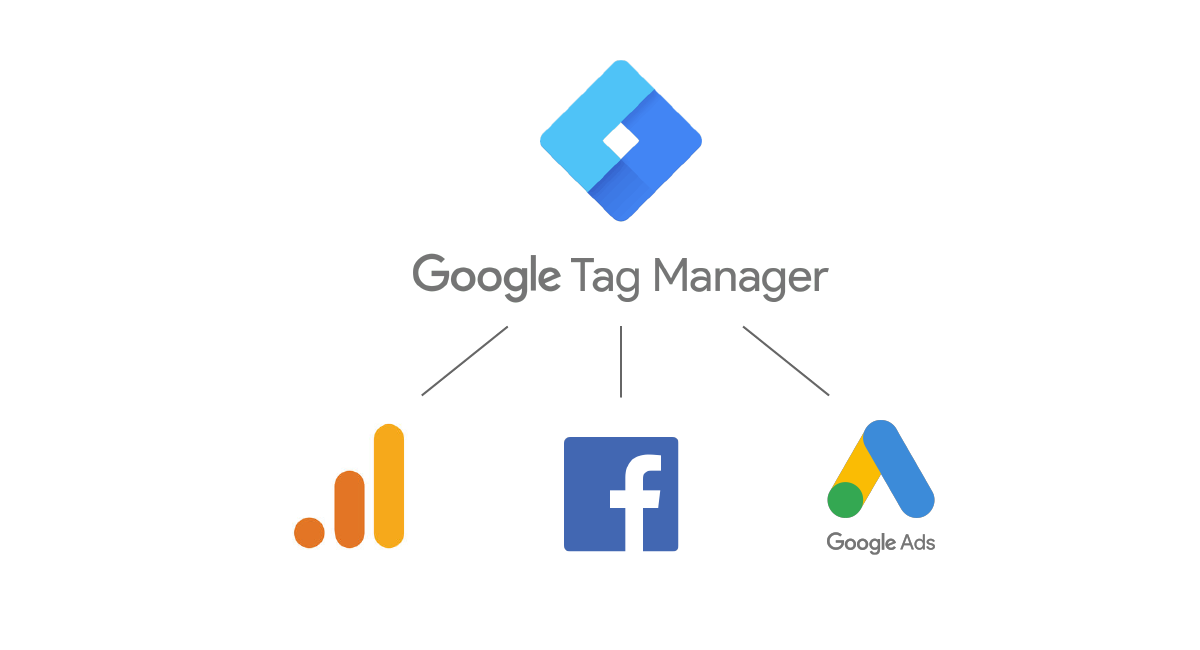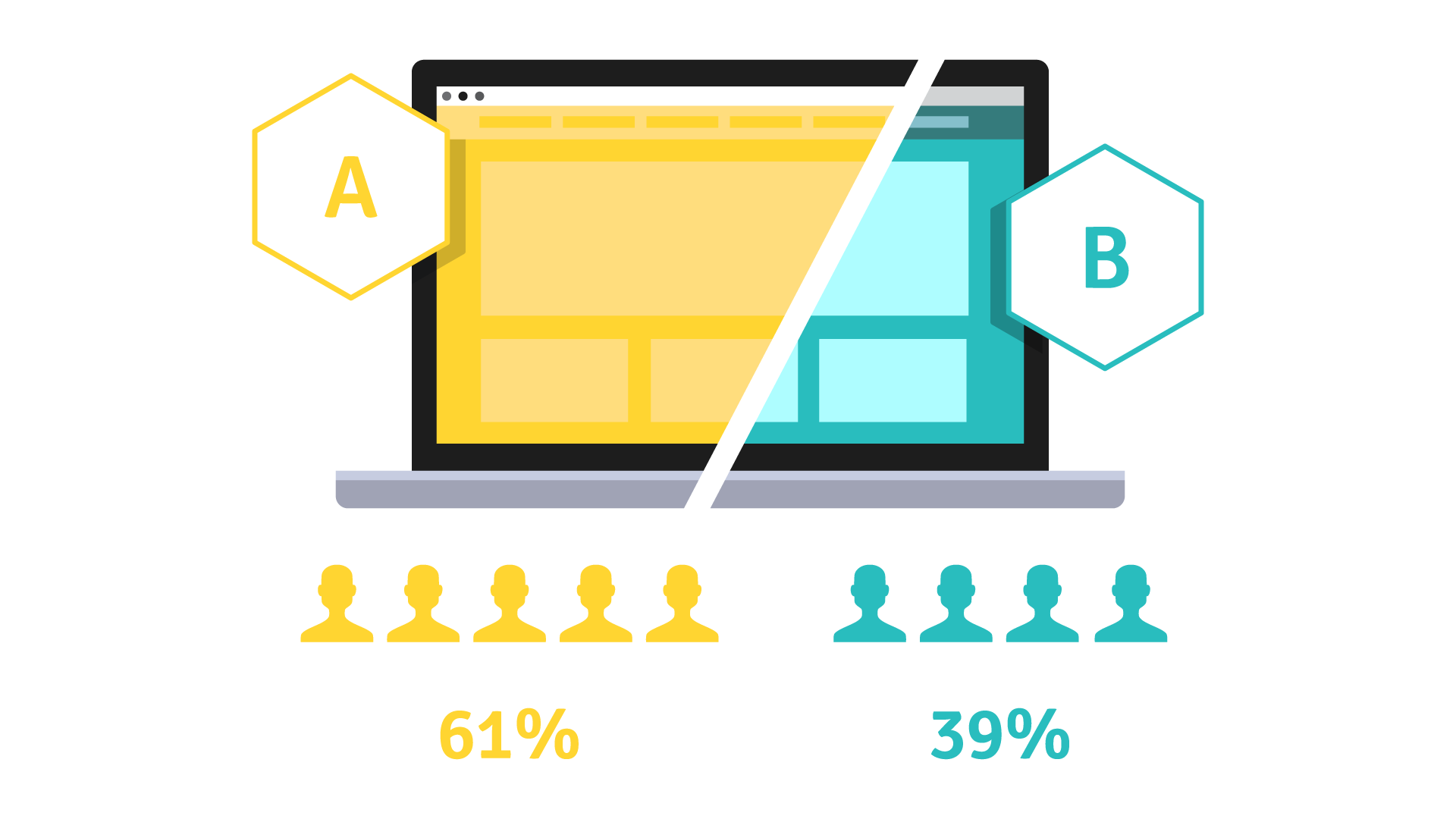7 Tips for measuring your digital campaign
(for beginners)
Throwing money at a digital campaign without tracking is like trying to play catch in the dark. You can’t see what you’re doing! Sure you may throw the ball in the right general direction… but good luck catching the return throw or improving your game over time without being able to see what’s going on.
In my humble opinion, paying for digital marketing without campaign tracking is one of the biggest mistakes I see in this industry. It’s a waste of money and means you’re missing valuable opportunities as well.
Why should you track digital marketing campaigns?
There are several benefits to digital tracking and campaign measurement but here are a few to get you started:
- Helps inform better business decisions
- Improves your return on investment (ROI)
- Helps you to achieve your business goals and objectives
- Enables you to engage in a more meaningful relationship with your customers
- Justifies future spend and informs future marketing strategies
Why do people fail to track their digital marketing campaigns?
Common excuses include:
- Lack of budget – I don’t have the extra budget to pay for someone to set up the tracking
- Lack of time – We needed the ads up yesterday! We don’t have time to do all that.
- Lack of know-how – I don’t know how to do it. It’s in the too-hard basket.
- Lack of understanding the why – I’ve been running ads for years and they seem to be working fine. I know who my customers are so what’s the point?
Part of the beauty of living in this digital age is that as marketers, we don’t have to guess anymore. There is so much data we are literally drowning in it so it seems a waste not to use that to improve ROI as well as customer experience.
How do I measure a digital campaign?
So you’re convinced it’s important but you don’t know where to start? When it comes to digital media and tracking there’s no shortage of information out there, but it’s often aimed at digital marketers. People who already understand the how and the why.
I wanted to break it down, nice and simple. In layman’s terms… without all the fuss and industry speak. So here is a bit of a hit-list when looking at your digital campaigns along with some helpful resources to get you started.
1.) Determine your campaign goal

What does success look like? What are you trying to achieve? Is it a download, signup or sale? Defining clear goals will determine everything from ad placement to what data you track. Start with the end results and work back from there. Get clear on who you are talking to and what action you want them to take and you will already be ahead of the curve.
Thinking through the journey someone takes when they see your ad through to the end result will often highlight opportunities or issues you may not have considered. Being empathetic to your customers needs within the context of your greater business objectives is always going to result in a better outcome for everyone.
2.) Get a tag or tracking pixel

When installed on your website, tags & pixels allow you to easily track anyone who clicked on your content through to your website. These are essential for measuring your campaign, building custom audiences and retargeting. You will need one for each platform in your campaign. These will need to be managed and updated over time and so a clean and clear way to manage them is important (enter GTM 👇🏻).
3.) Use Google Tag Manager (GTM)

Essentially a container which holds your tags/pixels, Google Tag Manager (GTM) is a free Google product which allows tag/pixel implementation and other advanced tracking options without the need to edit your site’s code every time. It also means everything is in one place making it easy to maintain over time. You can find setup instructions here.
4.) Check your Google Analytics

Make sure you have a raw data and master view. This is critical in keeping a clean (raw data) view with all data for testing purposes and having a filtered version (mater view) for measurement and reporting.
Implement IP filters for the master view that block out your organisation’s IP and that of any suppliers. This way you know the numbers are real and not inflated from non-customer traffic.
Implement any relevant goal conversions as well so you can measure the success of the campaign and gain meaningful insights into your customer’s path to purchase.
5.) Use an urchin tracking module (UTM)

This is the official name for all that gobbledygook you see in URLs when you click on an ad. It’s what allows you to know exactly which ads on which platforms are working for you in Google Analytics. Create UTMs on the individual platforms or use a campaign url builder.
6.) Testing, testing, 123…

Testing your ad creative (videos and images), ad copy, calls to action, campaign objectives, bid strategies, audience targeting and landing page layouts are all part of optimising a campaign. Start with a hypothesis and test the relevant element. Doing this will help improve your ROI over time and ultimately get you a better result. It will also help your brand to resonate more with your customers. By fine tuning into what they respond to and making sure you’re providing the best possible experience, you will create a feeling of fondness and preference towards your brand.
7.) Review, revise and repeat

Good news! All that tracking means you know exactly what’s working and what’s not. Rejoice in your new found power and all the money you’re no longer wasting on stuff that doesn’t work.
However, all that data is only as useful as the insights you get from it. Look for meaningful patterns of behaviour in your data and use these to draw valuable conclusions which you can use to optimise your ROI. A little effort understanding your campaign performance will save you a lot of money in the long run.
Whilst this isn’t meant to be a definitive guide, it’s a good starting point and I’m often surprised at how many organisations aren’t even doing these basics right. Still need help? Of course we’re here for you.
